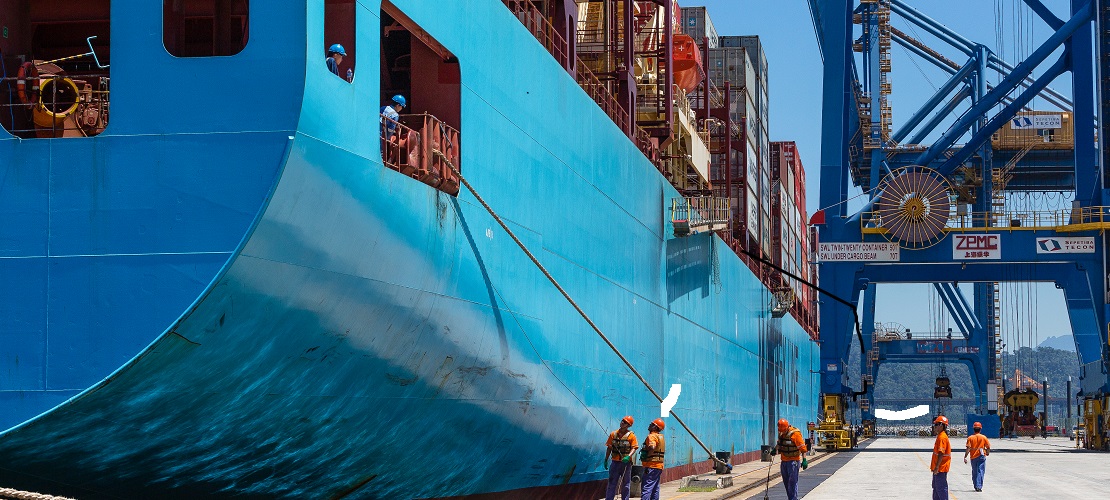
IMO approves protocols to ensure safe crew changes during pandemic
Nov, 18, 2020 Posted by Ruth HollardWeek 202048
The Maritime Safety Committee (MSC) of the International Maritime Organization (IMO) approved a circular letter recognizing protocols to ensure the safety of travel and changes in ship crews during the coronavirus pandemic.
In the protocols developed by the sector, general measures and procedures are established to ensure that ship crew changes and voyages can be carried out safely during the pandemic.
Hundreds of thousands of seafarers are currently trapped onboard ships with their service contracts extended beyond the maximum lengths accepted under international treaties. A similar number of seafarers are waiting to join the ships.
The protocols also emphasize the need for governments to designate seafarers as essential workers, providers of essential services. The protocols (previously published in a Circular Letter) include practical measures for entering and leaving vessels, including the need to adhere to and strictly comply with the COVID-19 test and quarantine requirements and measures to prevent infection on board ships. It is a document that must be updated based on the pandemic’s progression
The decision to publish the crew change protocols through an official IMO Circular (MSC.1 / Circ.1636) was one of the measures taken by the Committee to support the efforts of United Nations agencies, the maritime industry, and Governments to deal with the crew-change crisis, a very serious humanitarian issue for seafarers that threatens the security of maritime transport and global commercial traffic.
Up-to-date information on national contact points and ports that facilitate crew changes will be available in a new module of the Integrated Global Maritime Information System (GISIS) of IMO, after the Committee’s decision.
The Committee also agreed that the IMO, in collaboration with the International Labor Organization (ILO) and the International Civil Aviation Organization (ICAO), develop a universal textless logo that allows seafarers to identify and access specific resources and loading/unloading processes onboard ships, in port, and in transit The logo will result in long-term benefits, steering seafarers to safer situations and actions.
Source: Port Portal
-
Shipping
Feb, 05, 2019
0
CMA CGM relaunches feeder service – PARAGWADA
-
Other Logistics
Feb, 23, 2023
0
Argentina toll fee diverts demand to Port of Paranagua
-
Dec, 08, 2021
0
CODESA sale: companies and state question the privatization model
-
Other Cargo
Oct, 05, 2021
0
Brazilian boat exports boost SC shipyard sales



